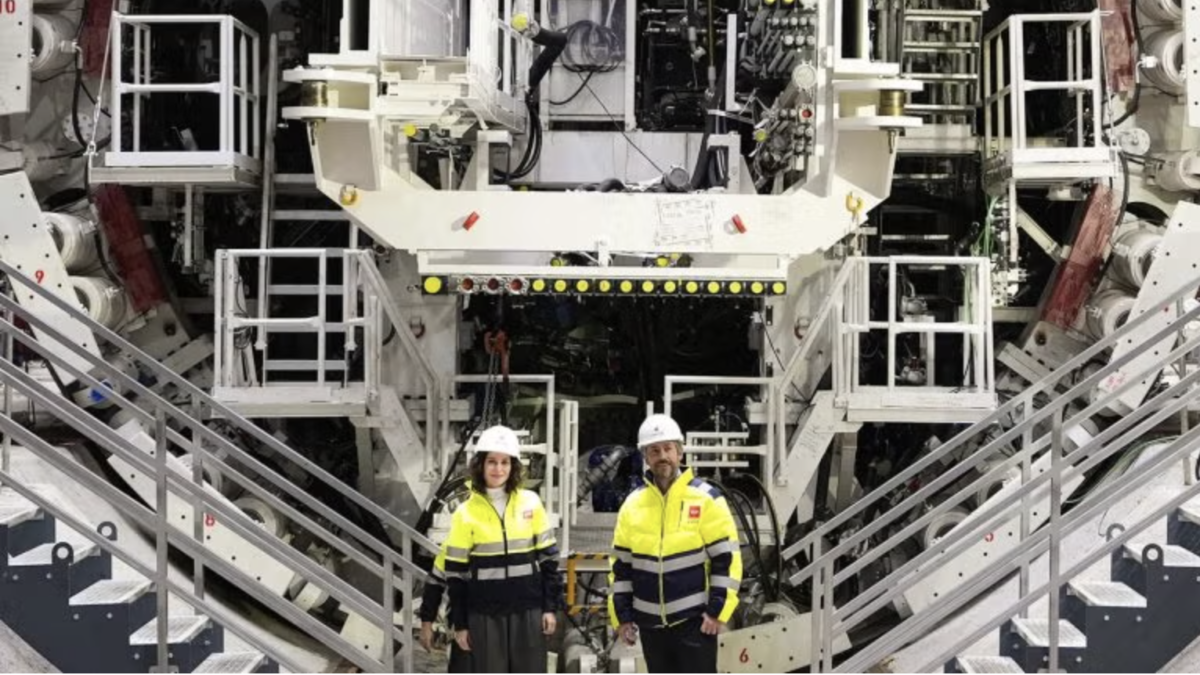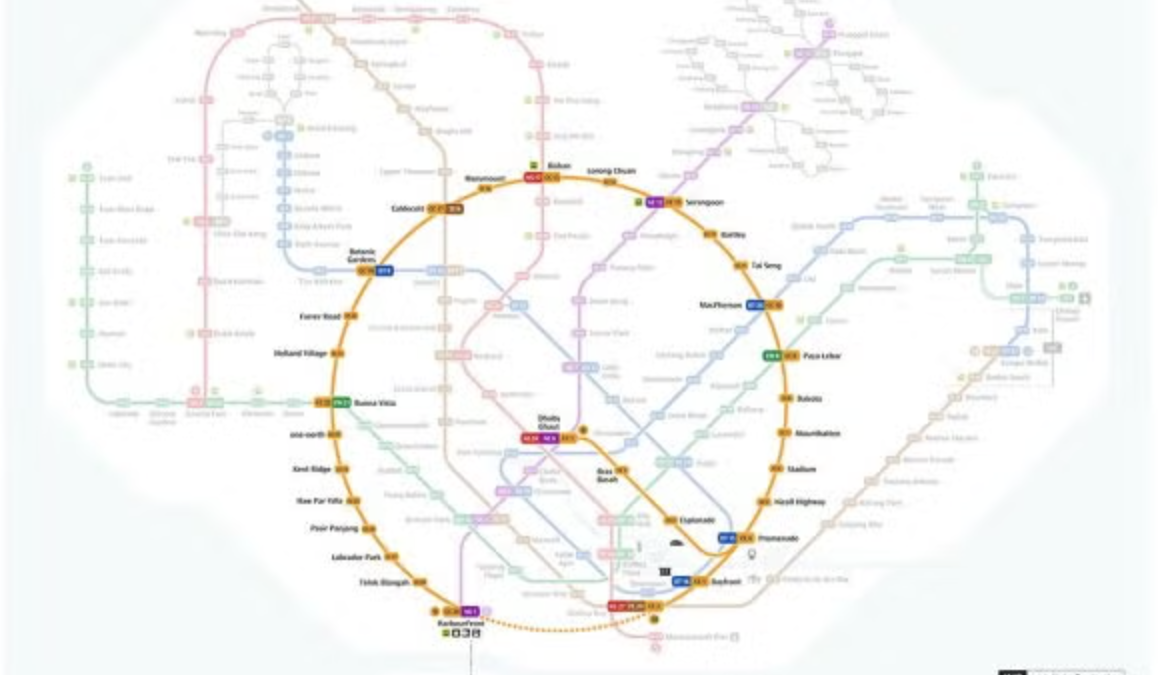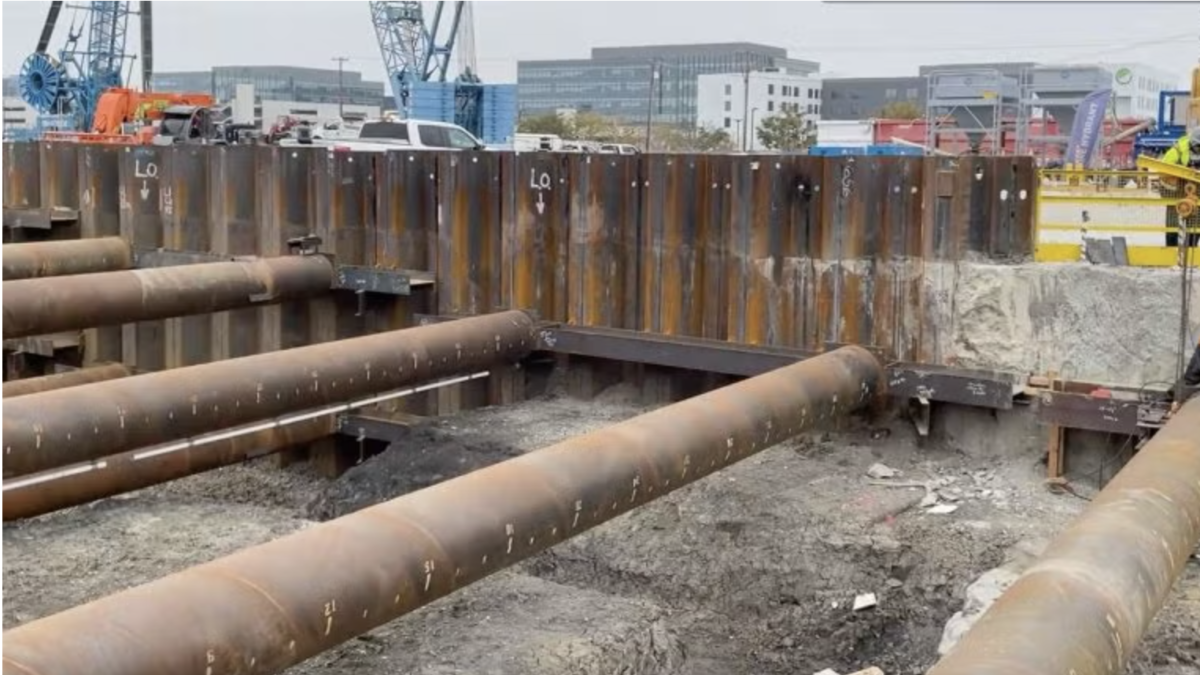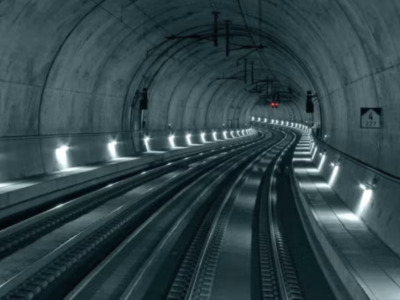
In this week first of five drives has been completed in National Grid’s London Power Tunnels (LPT) project.
In previous July, the 140-tonne Herrenknecht TBM, named Christine, commenced its journey at the LPT site in Hurst, south-east London and completed its drive-in Eltham, while its travel length was 6.7km underneath London suburbs and attained depths of up to 50m.
Sites in south London are the locations where National Grid’s three other TBMs – Edith, Grace, and Caroline – are currently working across.
In order to rewire London and prepare it for future electricity demands as the city continues to grow, completion of the drive represents a key landmark for this £1bn (US$1.23bn) project.
According to Gareth Burden, project director, London Power Tunnels: “The completion of the journey from Hurst to Eltham represented a significant milestone for the project. After close to a year of tunneling, it is exciting to see the first connection between sites. The team has worked so hard to make this happen, in the face of tough ground conditions. Thanks to Hochtief Murphy Joint Venture (HMJV), Herrenknecht, our engineers, fitters, miners, and everyone else involved. A special thanks also goes to the Joseph Gallagher Ltd gangs who put in some hard yards down in the tunnel.”
The reason for naming TBM Christine was Christine Townley, the former executive director of the Construction Youth Trust, known for her championing of diversity and STEM careers.
Scheduled to be operational in 2027, the LPT is a seven-year project to rewire south London via deep underground tunnels. In order to carry high voltage electricity cables, in total, 32.5km of 3m -diameter tunnels are being constructed among Wimbledon in south-west London and Crayford in the south-east.
Most of the electricity supply in south London is currently transmitted through underground cables, traditionally found just below the road surface. Work to maintain them is carried out at street level and can be disruptive. LPT will enable maintenance work to be carried out without disrupting traffic, residents, and businesses and additional cables can be installed in the tunnels to meet future demand.
Additionally, as National Grid claims LPT is due to provide crucial infrastructure to help the UK energy sector reach net-zero targets.
















